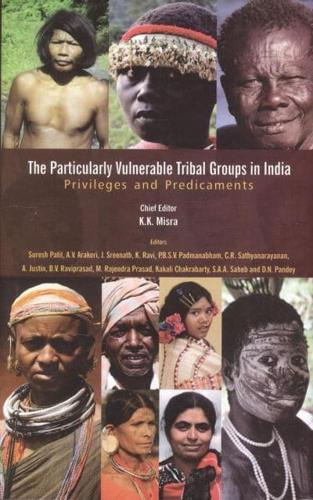Publisher's Synopsis
Considering the enormous cultural plurality of India and uneven socio-economic development of its people, the Government of India listed certain communities as Scheduled Tribes (STs) for initiating development programmes and providing assured representation. Despite such provisions, in case of a few groups, the common programmes did not appear to make any headway. In fact, their population was either stagnant or declining suggesting high mortality rates. In order to ensure the develop-ment of these poorest of the poor among the ST communities, certain groups were identified initially in 1975. The criteria fixed for identification included declining or stagnant population, very low level of literacy and pre-agricultural level of technology. Thus 75 groups among the ST communities of India were identified in 17 States and 1 Union Territory, who initially were called Primitive Tribal Groups (PTGs), and later renamed as Particularly Vulnerable Tribal Groups (PVTGs). During April to June 2012 the Anthropological Survey of India carried out a study of all the PVTGs. Its research teams visited various States, concerned tribal development agencies and non-government organizations. The survey was conducted with emphasis on gathering data on their socio-economic status and development.











